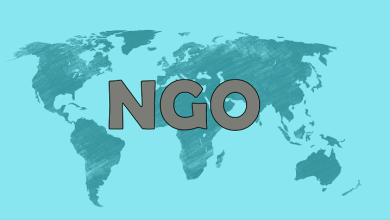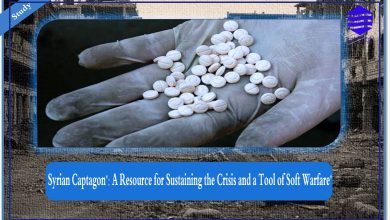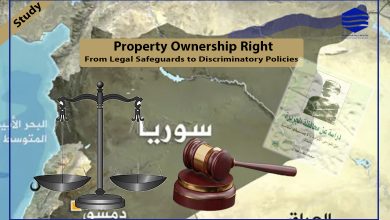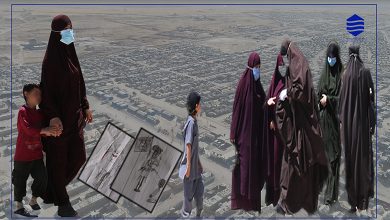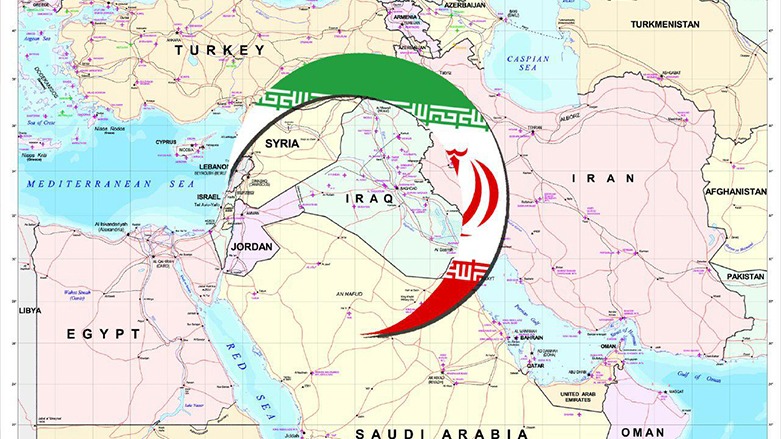
Iran and the Inflamed Middle East
:Introduction
The Middle East region languishes on a hot tin plate; its fire has never subsided for a long time, but it has caught more fire since 2003, and it is still ongoing in burning the political map of the region.
What is being very clear the fact that the Middle East lives a new and difficult rebirth; this lies in the resistance and aspiration of its peoples to build new systems that represent values of freedom, equality and the social justice versus authorities who are violently working to maintain on their outdated systems and are proceeding against the mainstream of change.
This phase of the region’s history is largely similar to what Europe has been through; during the transitional phase from the middle Ages to the Enlightenment or the Modern Ages, but the question that comes to the mind is: who will ultimately be successful or victorious in the end?
On the basis of the universal law, in which the age of everything is defined; the species’ life starts from birth, childhood, maturity, and then, followed by old-age and declining, and this is the process of life and could also be applied on the political systems, in which every system begins from arising, developing, flourish, and expansion, and then, to be followed by crisis, decline, and falling. But, what we cannot find is the explanation for this issue that these systems and the decision-makers in the Middle East have failed to recognize this reality and their adherence to this form of an outdated power, instead of opening a space for the winds of change which is being.
